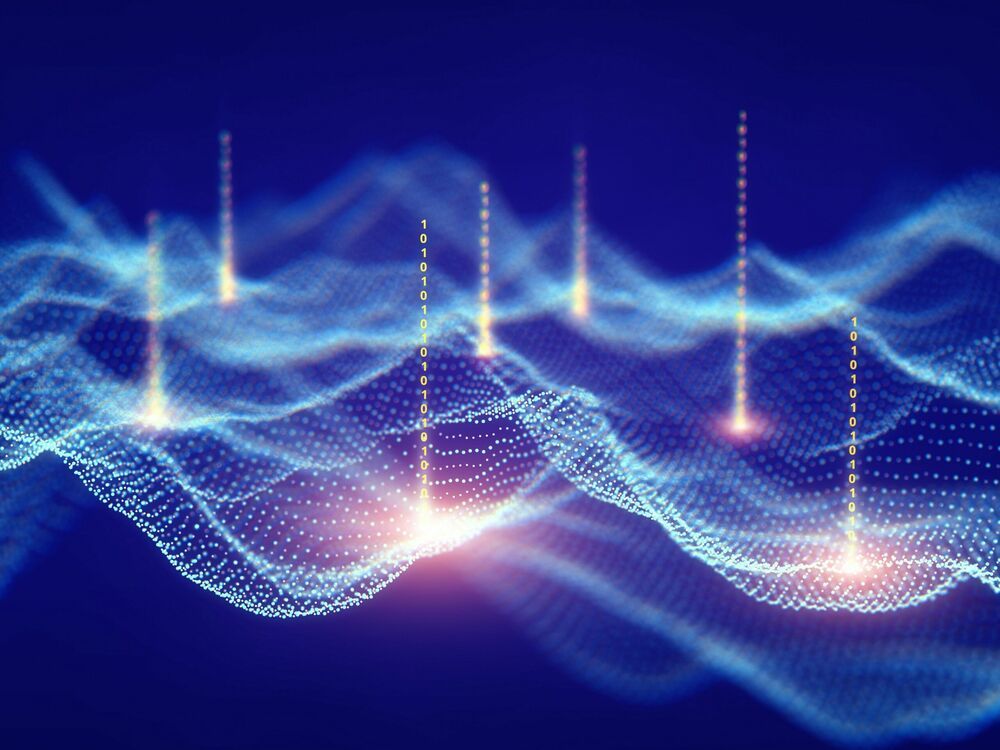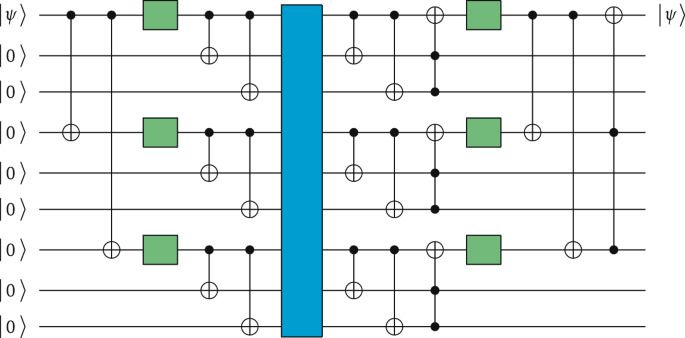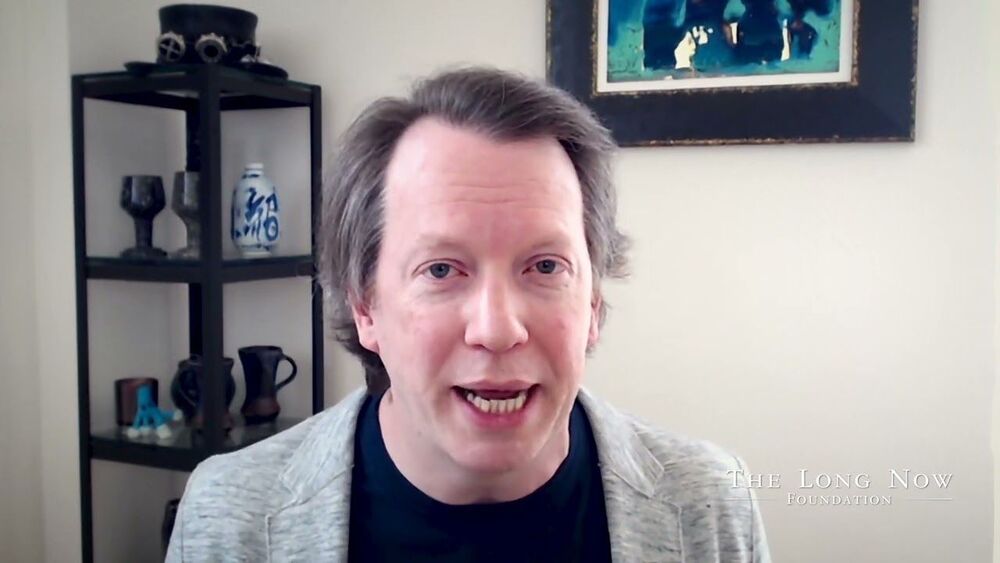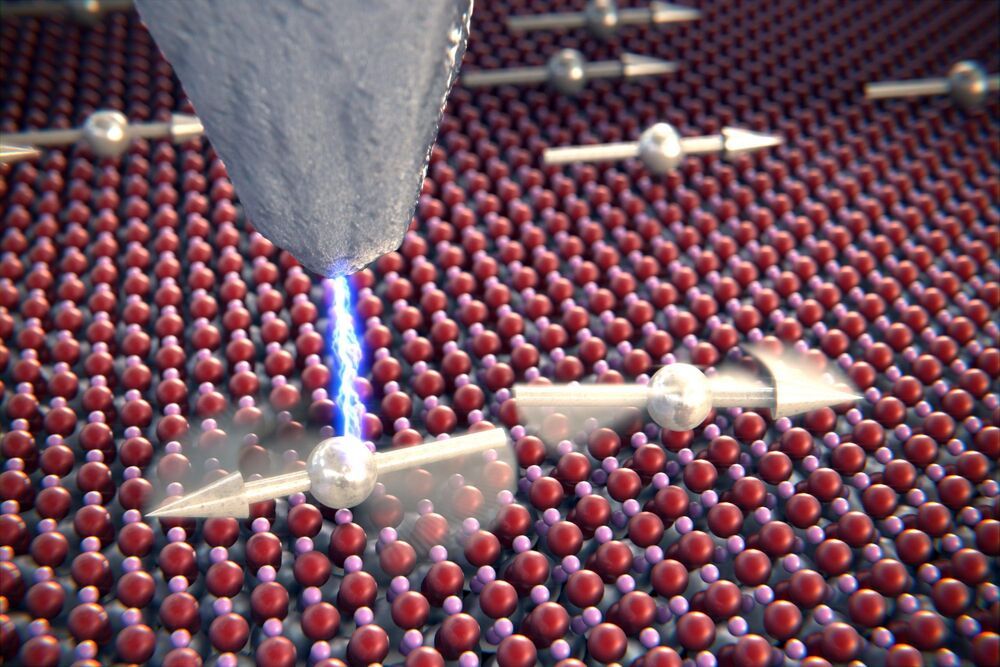Jun 4, 2021
Electrons Waiting Their Turn: New Model Explains 3D Quantum Material
Posted by Genevieve Klien in categories: chemistry, quantum physics
Scientists from the Cluster of Excellence ct.qmat – Complexity and Topology in Quantum Matter have developed a new understanding of how electrons behave in strong magnetic fields. Their results explain measurements of electric currents in three-dimensional materials that signal a quantum Hall effect – a phenomenon thus far only associated with two-dimensional metals. This new 3D effect can be the foundation for topological quantum phenomena, which are believed to be particularly robust and therefore promising candidates for extremely powerful quantum technologies. These results have just been published in the scientific journal Nature Communications.
Dr. Tobias Meng and Dr. Johannes Gooth are early career researchers in the Würzburg-Dresdner Cluster of Excellence ct.qmat that researches topological quantum materials since 2019. They could hardly believe the findings of a recent publication in Nature claiming that electrons in the topological metal zirconium pentatelluride (ZrTe5) move only in two-dimensional planes, despite the fact that the material is three-dimensional. Meng and Gooth therefore started their own research and experiments on the material ZrTe5. Meng from the Technische Universität Dresden (TUD) developed the theoretical model, Gooth from the Max Planck Institute for Chemical Physics of Solids designed the experiments. Seven measurements with different techniques always lead to the same conclusion.



















